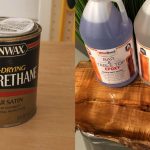Is Water-Based Polyurethane Toxic?
When it comes to protecting and enhancing the beauty of wood surfaces, polyurethane finishes have been a popular choice for years. Among these, water-based polyurethane has gained considerable attention due to its ease of use and environmental considerations.
However, is water-based polyurethane toxic? No, water-based polyurethane finishes are not toxic when applied and handled correctly. Their low VOC content and minimized emission of harmful substances make them a safe choice for both you and your environment.
Read on to learn the components contributing to its potential toxicity and explore safety measures and advantages and disadvantages. By the end, you’ll have a comprehensive understanding of the safety aspects and benefits of using water-based polyurethane.
Is Water-Based Polyurethane Toxic?
No, water-based polyurethane finishes are generally not toxic when applied and handled correctly. They do not pose a harmful threat to your health when exposed to them as long as you avoid ingesting them.
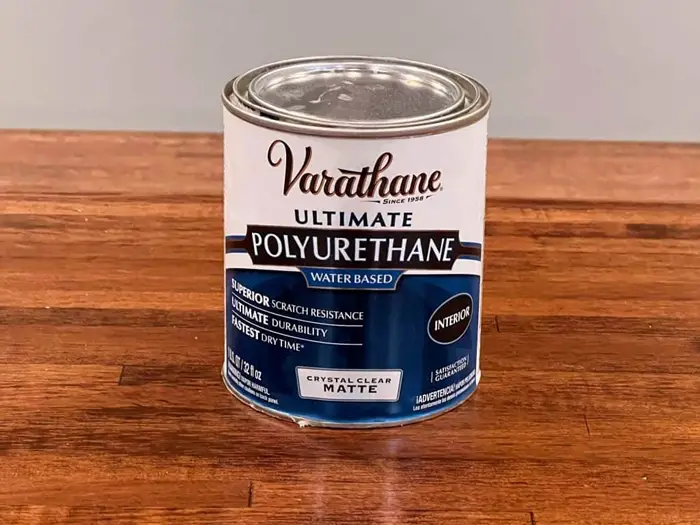
Unlike some other finishes that can contain high levels of toxic chemicals, water-based polyurethane is designed to be safer for both you and the environment. However, it’s important to note that some water-based polyurethane finishes are much more toxic than the rest.
What Makes Uncured Water-Based Polyurethane Toxic?
The chief component that can make water-based polyurethane toxic is volatile organic compounds (VOCs). VOCs are chemicals present in the finish that can be emitted as gasses, especially while the finish is in its liquid state and during the drying process.
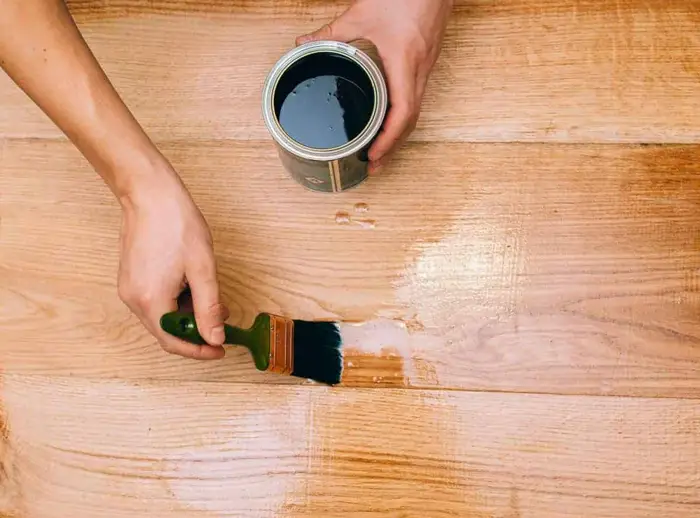
Exposure to VOCs can result in a range of health issues for you, with the severity depending on the amount and duration of exposure. Short-term exposure to small quantities of VOCs can lead to:
- Nausea if ingested
- Dizziness and headaches if inhaled
- Skin rashes and irritations if the finish comes into contact with your skin
Long-term exposure could potentially lead to kidney failure and even an increased risk of cancer.
The good thing is that water-based polyurethane has very low levels of VOCs and once it cures, it no longer emits these chemicals. However, since spraying it when applying it on furniture makes it easier for the VOCs to escape, you should take protective measures when doing so.
Safety Measures When Applying Water-Based Polyurethane
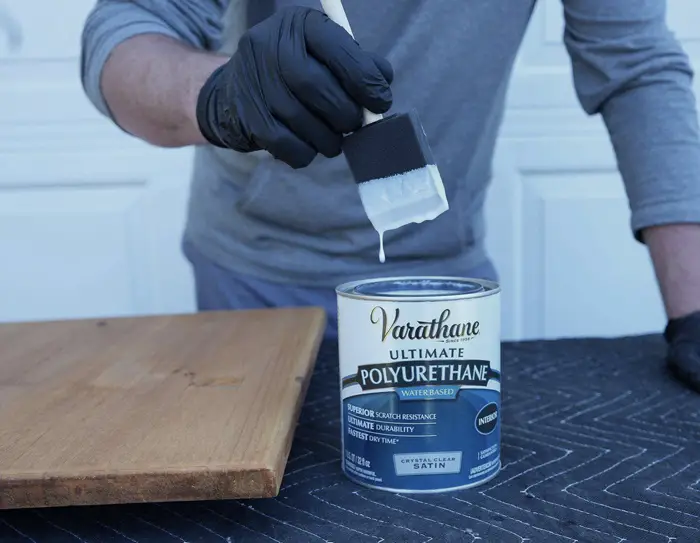
There are several safety measures you can take to minimize any potential risks associated with applying water-based polyurethane finishes:
- Wear a Respirator: When spraying the finish or working in an enclosed space, wear a respirator equipped with appropriate filters.
- Wear Gloves: Using gloves prevents direct contact between the finish and your skin, reducing the risk of skin irritation or absorption.
- Apply in a Well-Ventilated Area: Ensure windows and doors are open and fans are running to facilitate air circulation.
- Use Absorbent Products: Place absorbent materials like activated charcoal or baking soda in the room after applying the finish. These materials can help absorb any residual odors and VOCs.
Advantages of Water-Based Polyurethane
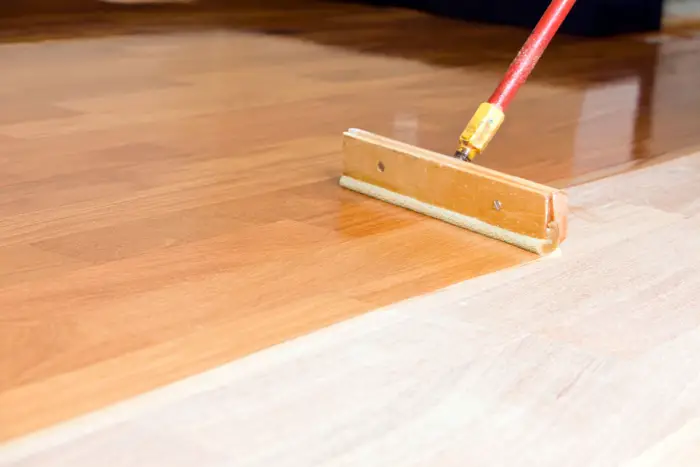
Water-based polyurethane finishes offer several advantages that make them a popular choice among DIY enthusiasts and professionals alike:
- Quick Drying: Water-based finishes dry much faster than oil-based ones. This quick drying time allows you to apply multiple coats in a shorter time frame.
- Ease of Use: It can be easily applied with a brush, roller, or even sprayed on.
- Environmental-Friendly: Water-based finishes have low VOC content and do not require solvents for cleanup, making them more environmentally friendly.
- Reduced Fumes and Odor: Water-based polyurethane emits fewer fumes and has a milder odor than oil-based finishes.
- Longevity: With proper application and maintenance, water-based polyurethane can protect for up to three years before needing re-application.
Disadvantages of Water-Based Polyurethane
While water-based polyurethane offers numerous benefits, it’s important to consider its drawbacks as well:
- Higher cost: Water-based polyurethane tends to be more expensive than other finishing options, reflecting its improved safety profile and environmental advantages.
- Need to apply multiple coats: To achieve the same level of protection and durability as oil-based polyurethane requires more coats of water-based polyurethane.
Alternatives to Water-Based Polyurethane
While water-based polyurethane offers numerous advantages, it’s essential to consider alternative finishing options that might better align with your specific needs and preferences. Here are a couple of alternatives you might want to consider.
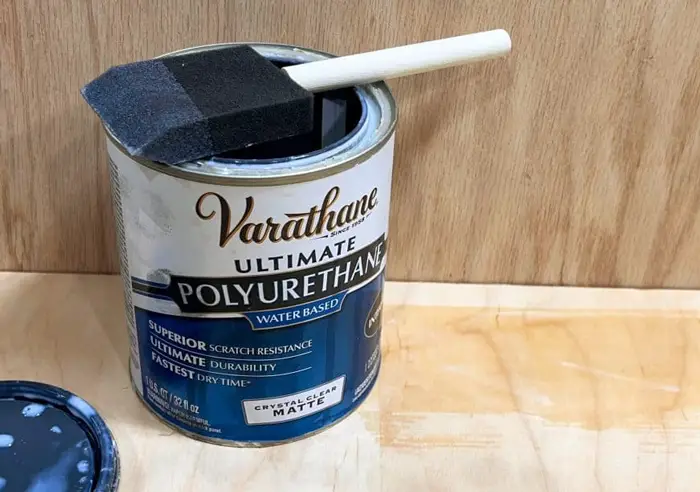
Shellac
Derived from the secretions of the lac bug, shellac creates a glossy finish and is often used as a sealant and primer. One of its primary advantages lies in its ability to create a glossy finish that beautifully enhances the natural beauty of wood.
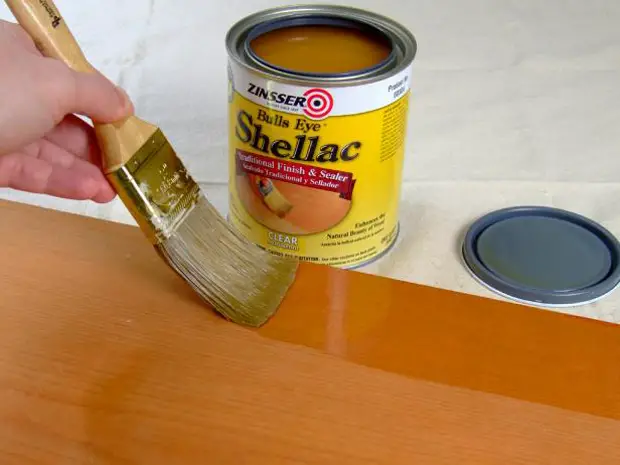
Lacquer
Lacquer stands out for its rapid drying time and remarkable durability. If time is of the essence, lacquer’s quick-drying nature can significantly expedite your finishing process. It’s worth noting that proper application techniques are key to harnessing the full potential of lacquer.
Varnish
Varnish is known for its durability and ability to enhance wood’s natural beauty. It provides a protective layer against moisture and wear.
Wax
Wax offers a soft, natural finish that’s easy to apply and provides moderate protection. While it is not as durable as some other finishes, wax is straightforward to apply and can be rejuvenated with periodic reapplication. It’s an excellent choice for pieces that require a more subtle, vintage appearance.
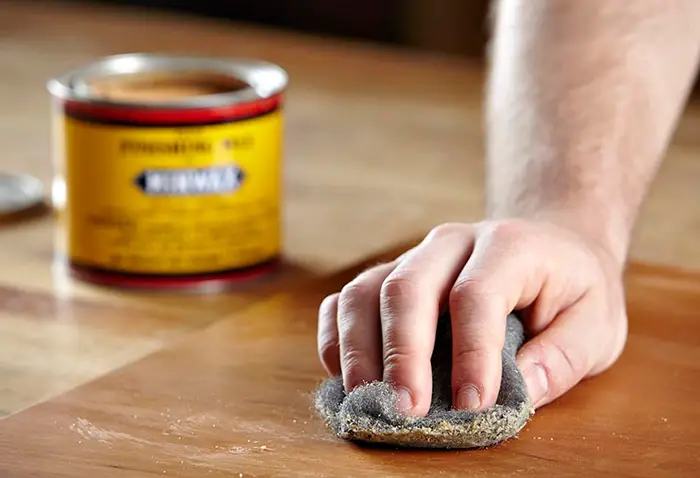
Tung Oil
Tung oil is a penetrating finish that enhances the wood’s appearance while providing protection against moisture. While its curing process may take longer, the outcome is a finish that stands the test of time, enhancing the wood’s character.
Linseed Oil
Linseed oil is another penetrating finish that offers a natural appearance. It takes longer to cure but provides good water resistance. While not as impervious as some other options, linseed oil delivers a soft sheen that accentuates wood’s natural appeal.
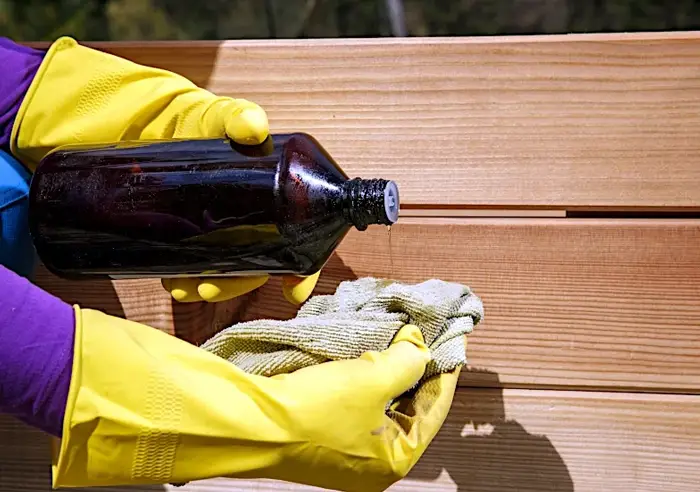
FAQs
Below are a few more questions you might be asking yourself now regarding water-based polyurethane.
Q1: Is water-based polyurethane safe to use indoors?
Absolutely. Water-based polyurethane is a preferred choice for indoor projects due to its low VOC content and reduced emission of harmful chemicals. It produces fewer fumes and odors compared to oil-based finishes, making it a safer option for enclosed spaces.
Q2: How long does it take for water-based polyurethane to cure completely?
Generally, water-based polyurethane can take anywhere from a few days to a couple of weeks to cure fully. However, the curing time varies based on factors such as temperature, humidity, and the specific product used.
Q3: Is water-based polyurethane food safe after curing?
Yes, once water-based polyurethane is fully cured, it is generally considered food-safe and non-toxic. However, it’s important to note that direct food contact is not recommended. The finish may not provide the same level of durability as finishes specifically designed for food surfaces.
Conclusion
Finally, is water-based polyurethane toxic? These finishes are generally not toxic when used as directed. Their low VOC content and reduced emission of harmful chemicals make them a safer option for both users and the environment.
However, it’s crucial to take safety precautions when applying any type of finish, including wearing appropriate protective gear and working in well-ventilated areas. Ultimately, you can make informed decisions by understanding the nuances of water-based polyurethane and its alternatives.



